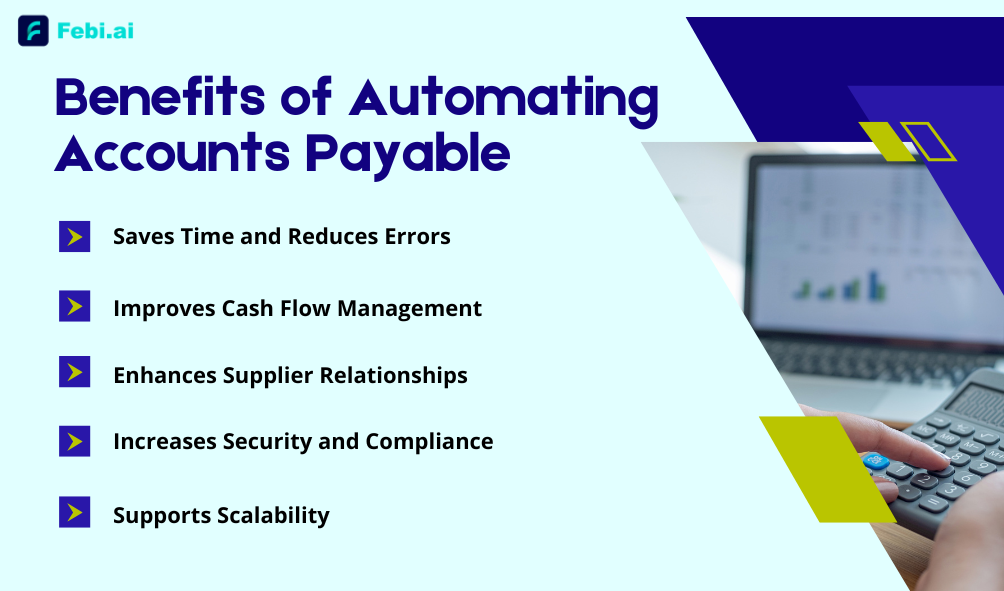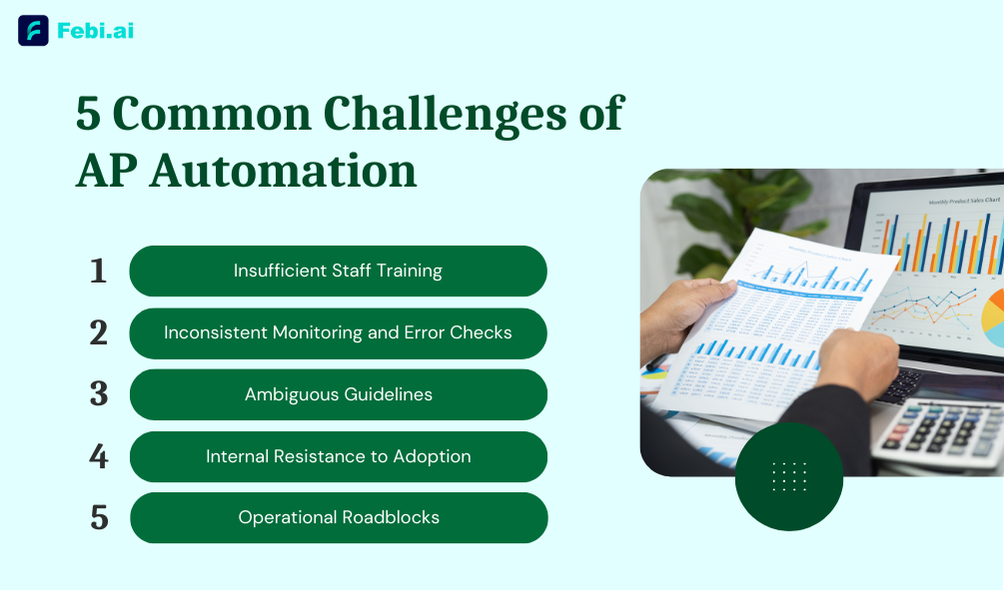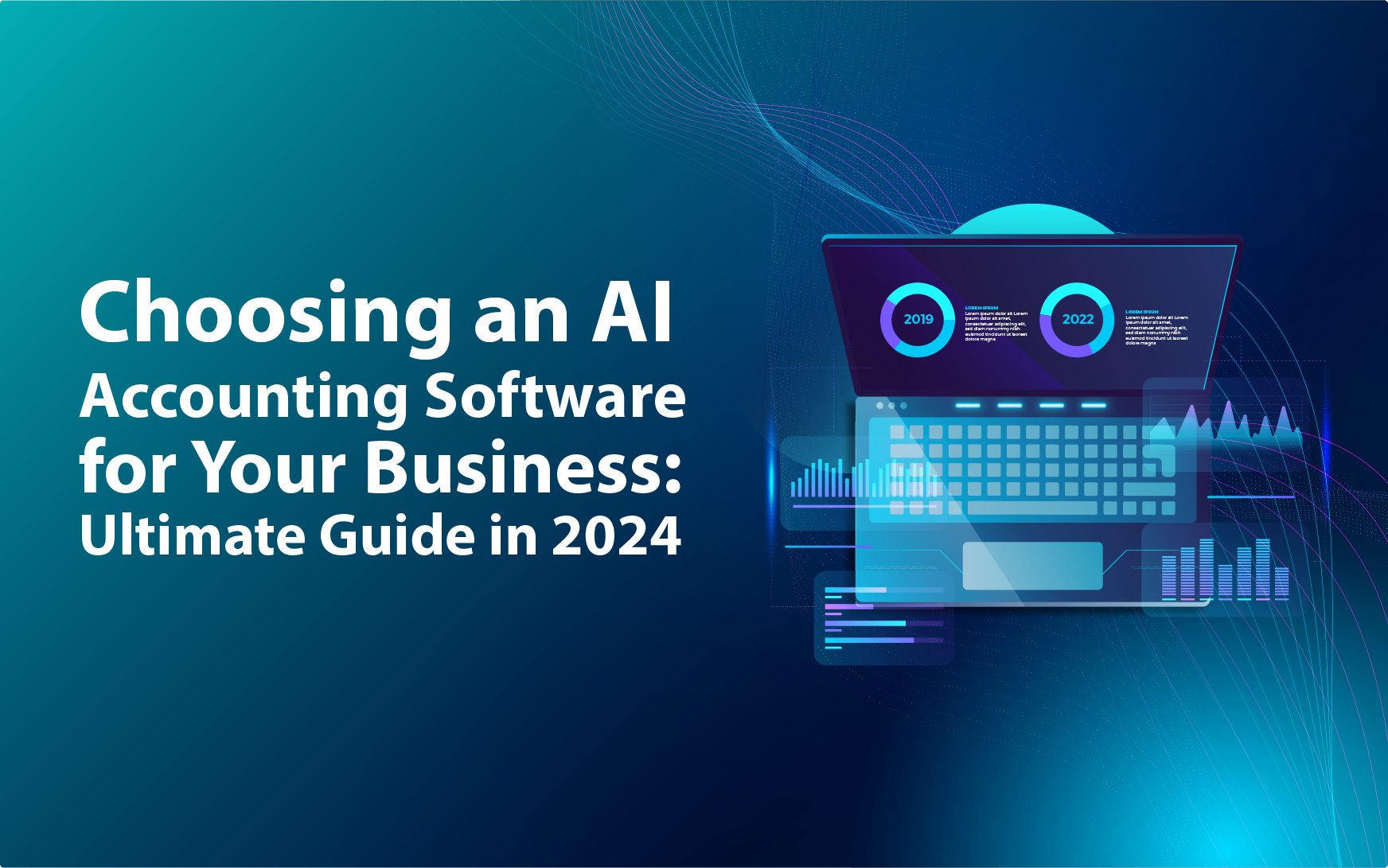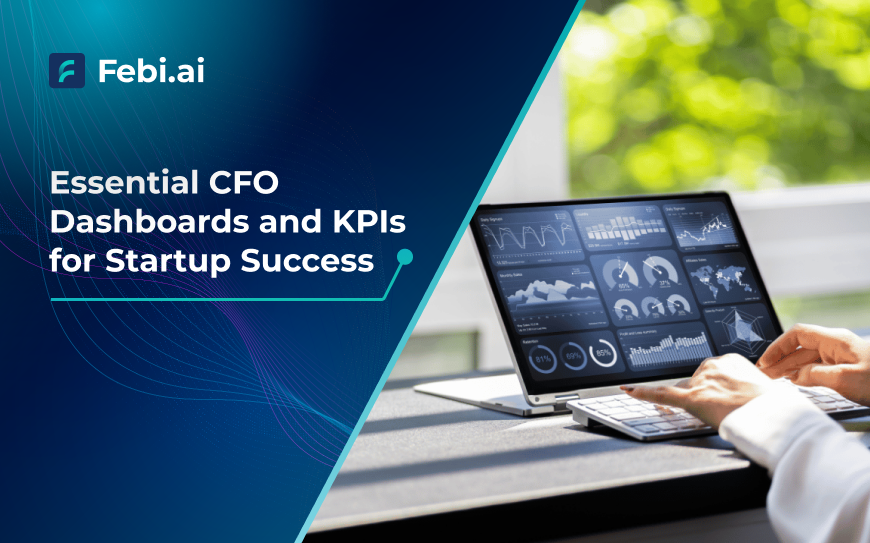Statistics indicate that 82% of SMEs miss receiving early payment discounts, and about 10% in the late payment penalty adds unexpected cost to businesses, hurting their profits. There are many more reasons that stress the importance of streamlining accounts payables. Founders are constantly seeking ways to simplify operations and improve efficiency and accounts payable is a key contributor.
While AP automation brings great benefits, it comes with its own set of problems. In this blog, we’ll discuss the top five AP automation difficulties experienced by founders and suggest smart strategies to overcome them.
Table of Contents
What is Accounts Payable and Why Should You Automate it?
Accounts Payable, according to its literal dictionary definition, is one of the net terms of finance, yet it is a clear common practice of every business, big and small, day in and day out. Simply put, it is what a company owes its suppliers for products or services already received; think of it like a running tab at your favorite place, except it is for your business.
An aspect of managing accounts payable is not just tracking what one owes. It means seeing to it that payments are made on time and great relations with suppliers are maintained while keeping good flow of cash. When this is not well handled, it can lead to late payments, shaky relationships with vendors, and penalties.
Automating accounts payable simplifies the whole process, saves time from your business, and reduces the costs of human errors. It guarantees timely payments, enhances effective cash flow management, and builds solid relationships with suppliers. Besides, automation adds another layer of security against fraudulent acts plus ensuring compliance with regulations. Growth can easily be handled by automated AP systems that can scale up to accommodate increased transaction volumes without stressing additional resources in your business as it grows.
Benefits of Automating Accounts Payable
Handling accounts payable manually can be a headache. It’s time-consuming, prone to errors, and can easily become overwhelming as your business grows. This is where automation comes in.

- Saves Time and Reduces Errors: Automation takes over the repetitive tasks—like data entry and invoice matching—leaving your team free to focus on more strategic work. Plus, machines don’t make typos, so you reduce the chances of costly mistakes.
- Improves Cash Flow Management: With automated AP, you get a clear view of your payables at any time. This helps you manage your cash flow better, ensuring you have enough funds available to cover your obligations without holding onto too much cash unnecessarily.
- Enhances Supplier Relationships: Paying your suppliers on time is crucial for maintaining good relationships. Automation ensures that payments are made promptly, which can even open up opportunities for early payment discounts, saving your business money.
- Increases Security and Compliance: Automation can add layers of security to your payment process, helping to prevent fraud. It also ensures that your payments comply with regulations, reducing the risk of penalties.
- Supports Scalability: As your business grows, so does the volume of invoices you need to process regularly. Automation can easily scale with your business, handling more transactions without adding to your workload.
5 Common Challenges of AP Automation
Implementing AP automation can be a game-changer for your business, but it’s not without its hurdles. Founders often need help with the adoption of these systems. Let’s dive into the top five challenges and how to tackle them head-on.

1. Insufficient Staff Training
Your team might struggle with the new AP automation system if they’re not properly trained. Without a solid understanding, they won’t be able to fully leverage its benefits, leading to inefficiencies.
Make training a priority. Invest in comprehensive, ongoing training programs that cover every aspect of the new system. Provide resources and support to help your team get comfortable with the new processes. When your employees are confident, not only does your business run smoother, but morale and performance also get a significant boost.
You can avoid all of these issues and save on costly training program expenses and productive hours by investing in a simple-to-use accounting and financial management tool—Febi.ai with account payable features.
2. Inconsistent Monitoring and Error Checks
Skipping regular monitoring and error checks can turn small issues into major headaches. Without consistent oversight, your system’s efficiency can quickly spiral out of control. Implement a robust monitoring system. Keep a close eye on usage and track down errors before they become bigger problems. Regular audits and performance reviews are crucial to ensure everything runs as expected. By staying on top of key performance indicators (KPIs) for accounts payable, you can catch issues early and keep operations flowing smoothly.
3. Ambiguous Guidelines
If your policies and procedures aren’t clear, your team might end up confused, making errors more likely and efficiency harder to achieve.
Clarity is key. Create well-documented, straightforward policies for your AP automation system. Make sure these guidelines are easily accessible to everyone who needs them. Regularly review and update these documents to keep pace with any changes in your system or business processes. Clear guidelines mean fewer mistakes and smoother operations.
4. Internal Resistance to Adoption
Change can be intimidating, and resistance from your team can slow down the adoption of AP automation. People tend to stick to what they know, even if it’s less efficient.
Get your team on board from the start. Communicate the benefits of AP automation clearly and involve employees early in the process. Offer training and support to ease their transition. Building a culture that values change and innovation will help overcome resistance and ensure a successful implementation.
5. Operational Roadblocks
Implementing AP automation isn’t always straightforward. It can be complex, time-consuming, and require significant planning and resources.
Develop a detailed implementation plan with clear timelines, resource allocation, and key milestones. Keep all stakeholders informed and involved throughout to ensure everything goes smoothly. Proper planning and communication will help you tackle any roadblocks and make the transition as seamless as possible. Tackling these challenges head-on will not only make your AP automation journey smoother but also ensure that you maximize its benefits for your business.
Febi.ai: AI-Driven Accounts Payable for Efficiency and Insight
Febi.ai uses smart automation technology to transform accounts payable into a spectrum of processes in your organisation, enabling time savings, reduced errors, and real-time insights. Imagine having an AI-powered invoice processing model where every invoice is submitted on time and accurately-automated approval workflow that removes bottlenecks, powerful three-way matching that thoroughly cross-references purchase order, goods receipt notes and invoices, and real-time validation checks to add an extra security layer in your financial operations.
But that is just a quick overview. Febi.ai doesn’t just automate; it enables your company to be agitated with real-time analytics and boasts of custom reporting on the website, thereby putting intelligence into your decision-making. Providing a much-needed accessible vendor portal to manage supplier relationships and intelligent document management without mentioning future-proof ERP integration for the most efficient yet ever-ready AP process.










